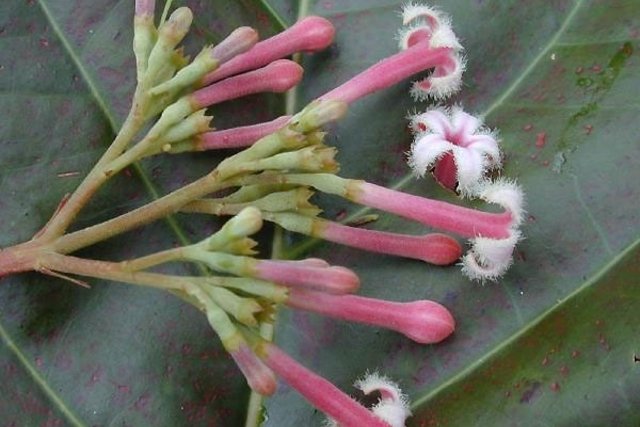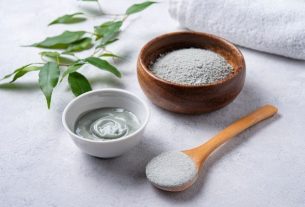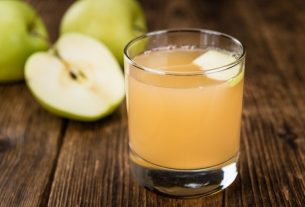Quinine is a substance that is extracted from the bark of a plant common in South American countries, known as quina or, scientifically, as Cinchona calisaya.
In the past, quinine was one of the most used substances in the treatment of malaria, but since the creation of other synthetic medicines such as chloroquine or primaquine, quinine has only been used in some more specific cases of malaria and under medical supervision.
Although quinine is not widely used today, its tree continues to be a source for the preparation of traditional medicines, such as cinchona tea, due to its febrifuge, antimalarial, digestive and healing properties.
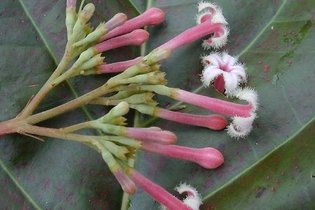
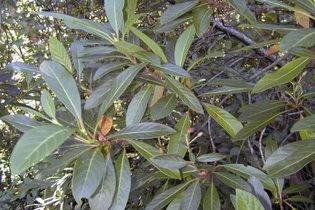
What is the quinine tree good for?
In addition to providing high concentrations of quinine, the cinchona tree also contains other compounds such as quinidine, Cinconine and hydroquinone, which can be used for different purposes, the main ones being:
- Assist in the treatment of malaria;
- Improve digestion;
- Help detoxify the liver and the body;
- Antiseptic and anti-inflammatory action;
- Fight fever;
- Reduce body pain;
- Help in the treatment of angina and tachycardia.
Furthermore, the compounds obtained from the cinchona plant, mainly quinine, can also be used as a bitter additive in some foods and drinks, and can be found, for example, in some tonic waters. However, in the form of soda, quinine is not found in sufficient concentrations to have a therapeutic effect.
Does tonic water contain quinine?
Tonic water is a type of soft drink that contains quinine hydrochloride in its composition, which gives the drink the typical bitter taste. However, the concentrations of this substance in tonic water are very low, below 5 mg/L, having no therapeutic effect against malaria or any other type of disease.
How to prepare cha de quina
Quina is popularly used in the form of tea, which can be made with the leaves and bark of the plant. To prepare Quina tea, mix 1 liter of water and 2 tablespoons of the plant’s bark, and let it boil for 10 minutes. Then let it rest for 10 minutes and drink a maximum of 2 to 3 cups per day.
Furthermore, the quinine present in the quina plant can be found in the form of capsules, however, it is important to emphasize that this medicine should only be used after medical approval, as there are contraindications and there may be side effects.
It is also important to keep in mind that cinchona tea can be recommended by the doctor only as a way to complement treatment with medications, this is because the concentration of quinine obtained in the leaf is much lower than the concentration obtained from the trunk of the tree and, therefore, Therefore, tea alone would not have sufficient activity against the infectious agent responsible for malaria.
Contraindications and possible side effects
The use of the cinchona plant and, consequently, quinine, is contraindicated for pregnant women, children, as well as patients with depression, blood clotting problems or liver diseases. Furthermore, the use of quinine must be evaluated when the patient uses other medications, such as Cisapride, Heparin, Rifamycin or Carbamazepine.
It is important that the use of the cinchona plant is recommended by a doctor, as excessive amounts of this plant can have some adverse effects, such as changes in heart rate, nausea, mental confusion, blurred vision, dizziness, bleeding and liver problems.
Bibliography
- OLIVEIRA, Alfredo Ricardo M.; SZCZERBOWSKI, Daiane. Quinine: 470 years of history, controversies and development. who new Vol 32. 7 ed; 1971-1974, 2009
- POLLITO, Percy AZ; FILHO, Mário T. Cinchona amazonica Cinchona amazonica Standl. (Rubiaceae) in the state of Acre, Brazil. Bol. Mus. For. Emílio Goeldi. Natural Sciences, Belém. Vol 1. 1 ed; 9-18, 2006
- MALDONADO, Carla et al. Phylogeny Predicts the Quantity of Antimalarial Alkaloids within the Iconic Yellow Cinchona Bark (Rubiaceae: Cinchona calisaya). Front. Plant Sci. Vol 22. 2017

Sign up for our newsletter and stay up to date with exclusive news
that can transform your routine!
Warning: Undefined array key "title" in /home/storelat/public_html/wp-content/plugins/link-whisper-premium/templates/frontend/related-posts.php on line 12
Warning: Undefined array key "title_tag" in /home/storelat/public_html/wp-content/plugins/link-whisper-premium/templates/frontend/related-posts.php on line 13

